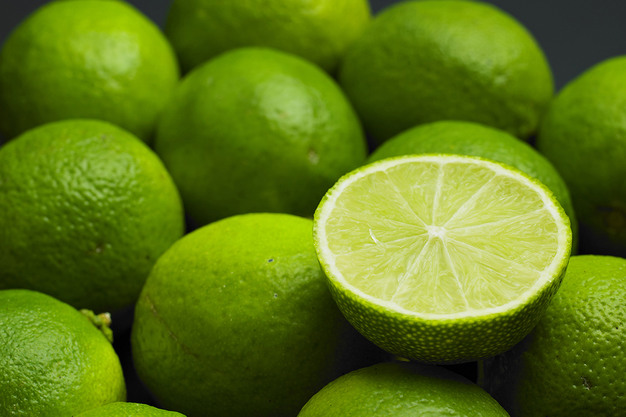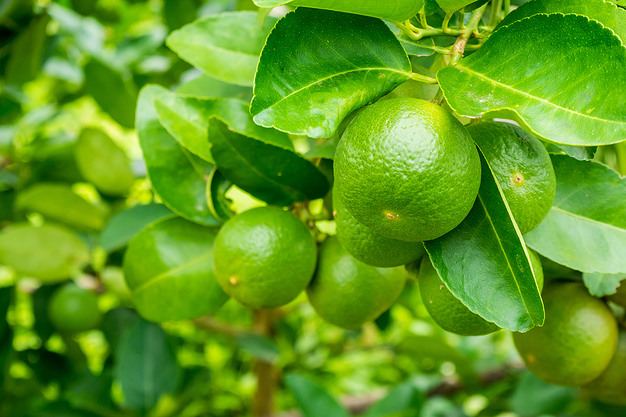"The global lime market is dominated mainly by Mexico, Brazil, India, and Egypt. Mexico is the largest exporter, followed by Brazil, with Europe and the US as the main export destinations. In recent years, the demand for limes has grown between 4 and 6% annually due to them being used for cooking, cocktails, cosmetics, and pharmacology, thanks to their antioxidant properties and high vitamin C content," reports Pasquale Mottola, sales manager at Gruppo La California (GLC), which operates within the Naples-CAAN Food Centre and throughout the country.
"The price of limes is influenced by climatic factors such as plant diseases, hurricanes, and drought, which can cause product shortages and price increases. Consumption is highest in spring and summer, especially in Italy, where the warm weather favours cocktails and international cuisine. Interest in organic limes is also on the rise, supported by an increased awareness of sustainability."
 © Richard Semik | Dreamstime
© Richard Semik | Dreamstime
"Local lime production is increasing in Europe and particularly in Italy, especially in southern regions such as Calabria, Apulia and Sicily thanks to their favourable climatic conditions. However, domestic production still fails to meet demand, making imports from Mexico and Brazil a necessity." La California Group started to include limes a few years ago, and purchases them via Northern Europe rather than directly from producers in Brazil and Mexico. "This step-by-step approach helps to strengthen the product's position on the market and get customers used to it."
The company currently handles about six to seven pallets per week, to increase future volumes through global import connections. "Limes were included in the assortment in the 2023/24 season following an analysis of product growth trends, similar to what happened with avocados. Demand varies seasonally but is constantly increasing, especially during the fair weather season. Current sales in Italy could double in the future."
Prices tend to fluctuate. "The selling price is around €1.45/kg during the winter months. Consumers prefer dark green limes and are willing to pay more for them. However, even the less perfect fruits find a market in summer, when demand increases. Competitive pricing and a deep green colour are crucial to maintain sales, as less attractive limes can see their prices drop quickly."
 © Kwangmoo | Dreamstime
© Kwangmoo | Dreamstime
This year, the volumes of imported limes from Northern Europe remained rather stable compared to previous years, as this region is one of the main importers of limes. "However, due to low sales during the winter, Northern Europe is exerting pressure to increase exports to Italy, which could lead to lower prices."
As for logistical delays, although there have been some in shipments from Brazil, these have not had a significant impact. "Companies with large stocks, such as those in the Netherlands, can manage delays of a few days without any problems. The situation only becomes critical if stocks are low and ships are delayed for a long time, but warehouses are well stocked at the moment."
For more information:
www.gruppolacalifornia.com

